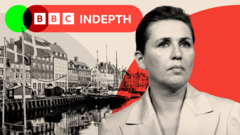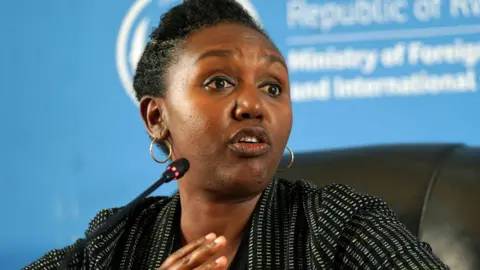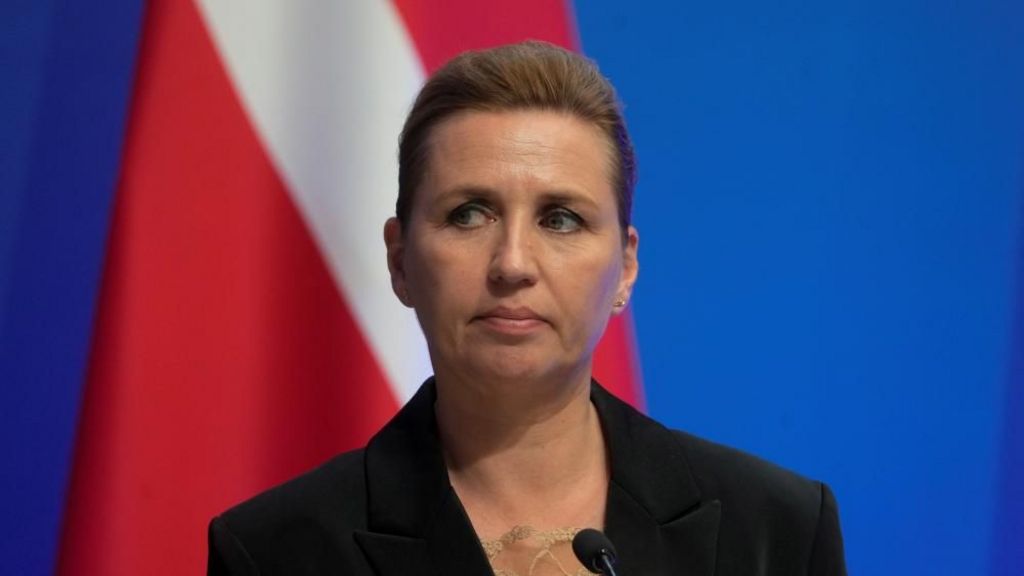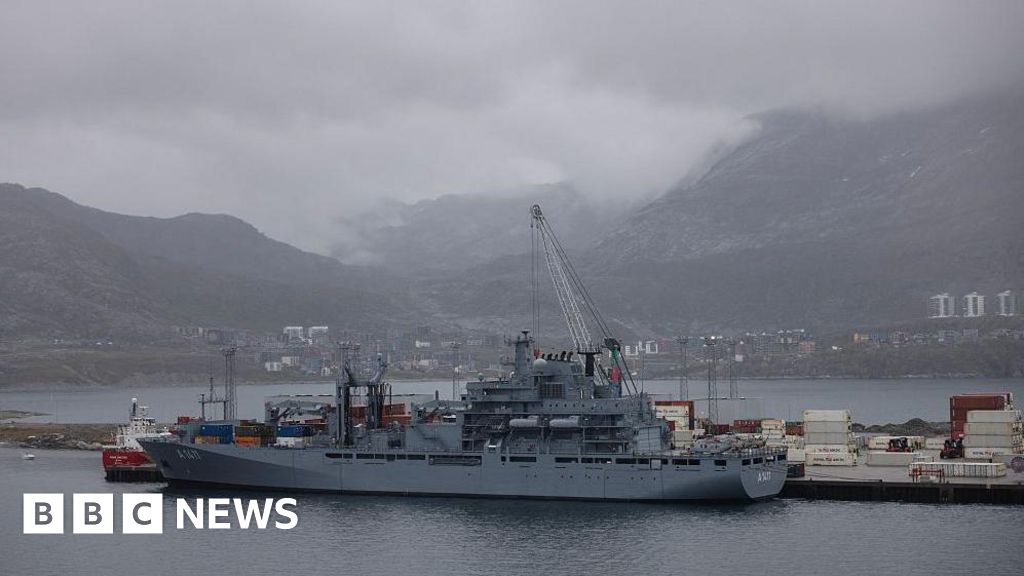The Scandinavian nation of Denmark, often perceived as a liberal beacon of open societies, is making waves for its unexpectedly stringent immigration policies, moving away from its historical image. Marie Sandberg, Director of the Centre for Advanced Migration Studies at the University of Copenhagen, identifies Denmark as a "pioneer in restrictive migration policies" across Europe, particularly affecting both asylum and economic migration.
Remarkably, the architects behind these hardline measures originate not from the notorious far-right, but rather from the centre-left political sphere. This dichotomy presents a unique case, as Denmark stands in contrast to nations like Spain, which is fostering immigration through inclusive policies. Concerns over migration, driven by economic anxieties and geopolitical tensions, resonate strongly with voters in Europe today.
Denmark's immigration policy has radically evolved since the aftermath of World War II, with a significant increase in immigrant populations since 1985. The watershed moment occurred amid the 2015 migration crisis, prompting a seismic shift in public sentiment. Slogans emphasizing nationalism, such as "Danskerne Først" (Danes First), gained traction, as the government enacted policies including the confiscation of asylum seekers' possessions.
Recent legislation has taken an even stricter stance, illustrating a concerted move to process asylum claims outside Europe, as well as prohibiting family reunification for refugees. The Danish government has sought to deter immigration by broadcasting the stringency of its laws in foreign media, effectively branding Denmark as a less welcoming destination.
Starkly contrasting approaches can be observed in Spain, where the centre-left government advocates for immigration as a means to bolster its economy. Spain’s Prime Minister Pedro Sanchez pushes to legalize undocumented migrants to address labor shortages and stimulate growth, presenting a notable counter-narrative to Denmark's restrictive policies.
In sum, while Denmark's policies have successfully reduced asylum applications significantly, they have also raised questions about the country’s commitment to international humanitarian standards. As European nations grapple with defining their immigration narratives, the landscape remains shaped by evolving voter sentiments and political strategies across the spectrum. The shifting dynamics highlight a broader trend where the once-clear divisions between left and right in immigration discourse are rapidly dissolving.
Remarkably, the architects behind these hardline measures originate not from the notorious far-right, but rather from the centre-left political sphere. This dichotomy presents a unique case, as Denmark stands in contrast to nations like Spain, which is fostering immigration through inclusive policies. Concerns over migration, driven by economic anxieties and geopolitical tensions, resonate strongly with voters in Europe today.
Denmark's immigration policy has radically evolved since the aftermath of World War II, with a significant increase in immigrant populations since 1985. The watershed moment occurred amid the 2015 migration crisis, prompting a seismic shift in public sentiment. Slogans emphasizing nationalism, such as "Danskerne Først" (Danes First), gained traction, as the government enacted policies including the confiscation of asylum seekers' possessions.
Recent legislation has taken an even stricter stance, illustrating a concerted move to process asylum claims outside Europe, as well as prohibiting family reunification for refugees. The Danish government has sought to deter immigration by broadcasting the stringency of its laws in foreign media, effectively branding Denmark as a less welcoming destination.
Starkly contrasting approaches can be observed in Spain, where the centre-left government advocates for immigration as a means to bolster its economy. Spain’s Prime Minister Pedro Sanchez pushes to legalize undocumented migrants to address labor shortages and stimulate growth, presenting a notable counter-narrative to Denmark's restrictive policies.
In sum, while Denmark's policies have successfully reduced asylum applications significantly, they have also raised questions about the country’s commitment to international humanitarian standards. As European nations grapple with defining their immigration narratives, the landscape remains shaped by evolving voter sentiments and political strategies across the spectrum. The shifting dynamics highlight a broader trend where the once-clear divisions between left and right in immigration discourse are rapidly dissolving.






















